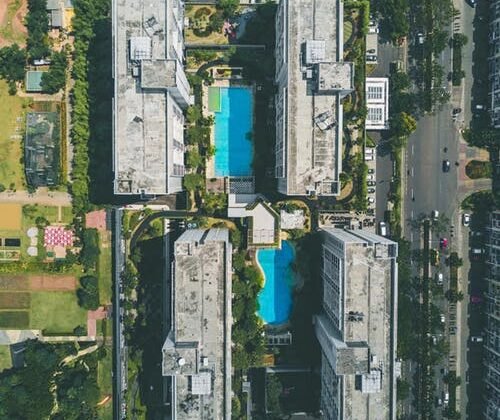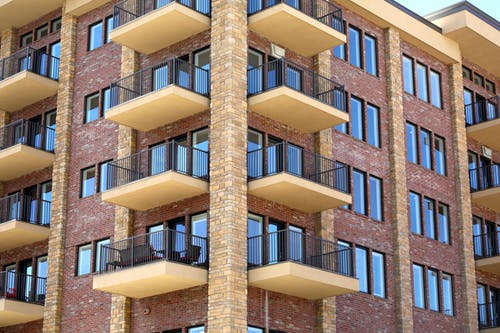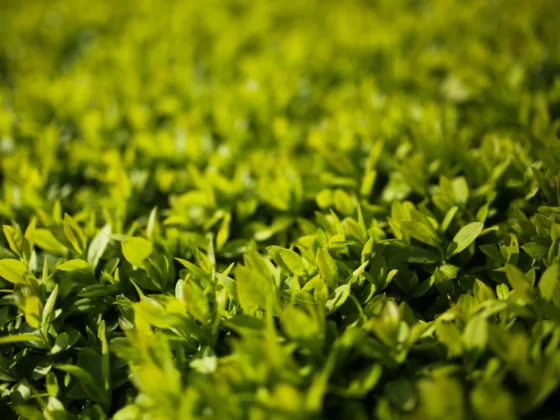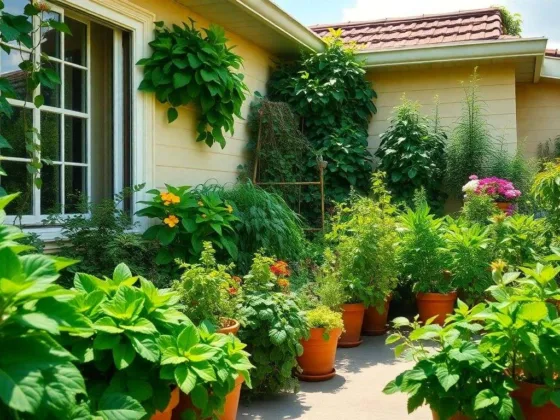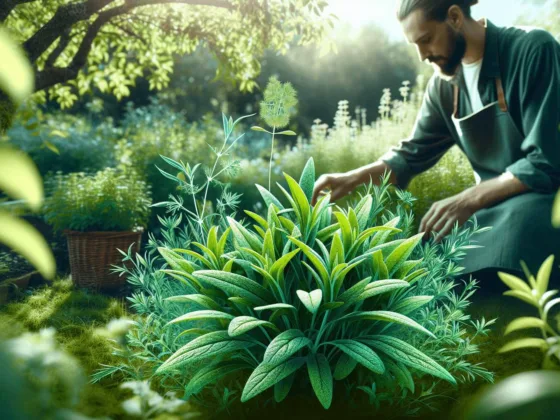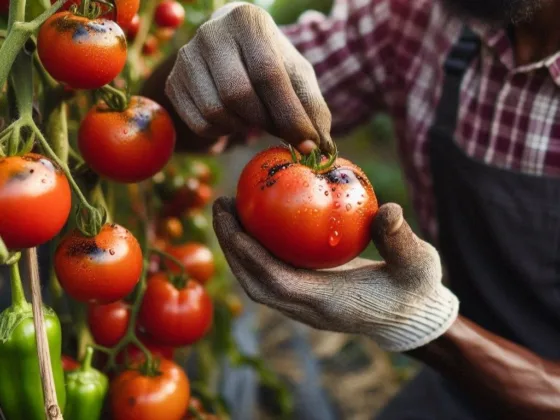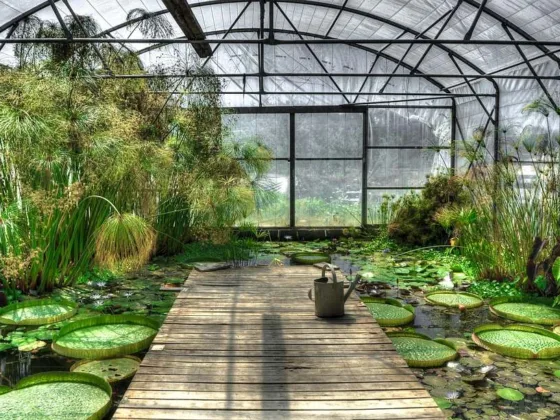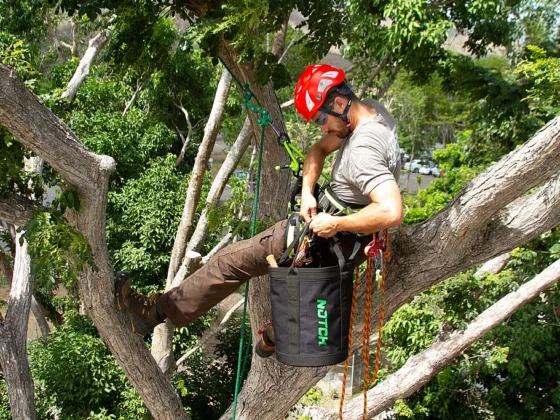Table of Contents Show
Have you ever thought about growing your vegetable patch? Some versatile plants including vegetables and flowering plants grow well even in constricted spaces. With a bit of soil in a clay or plastic planter and regular irrigation, you will have your batch of freshly grown vegetables.

Tips to Choose a Self-watering Planter for Your Garden
Invest in a garden patch self-watering planter which offers you the convenience of growing a garden in your living space. You might have a busy schedule and travel frequently, and the garden might not be easily accessible for irrigation requirements.
All your problems can be are fixed with a self-watering system. A refillable reservoir and a distribution system keep your plants healthy when you cannot attend to them.
Read Also:
Pros of a Self-watering Planter
First things first! Self-watering systems come in all sizes and shapes depending on the need of the user and the number of plants. The soil usually soaks the water from the reservoir through the process of osmosis, so there is no over-watering problem.
All you need to remember is to refill the reservoir. Additionally, you can mix fertilizers and nutrients in the reservoir itself to mimic a natural uptake process. You need to do a bit of research and look around before investing in the perfect self-watering planter suiting your needs.
Cons of a Self Watering Planter
Beware of the mosquito problem that is usually associated with a self-watering planter system. Since the reservoir is full of water, it naturally attracts mosquitoes that are the natural vectors for many parasitic infections and debilitating diseases.
To avoid this annoying problem, all you need to do is add a few drops of oil into the reservoir. As an alternative option, you can go for mosquito dunk, but only if you are growing non-edible plants like flowering plants. If your watering system is made up of plastic, then you should avoid implementing the system in direct sunlight as this will heat the material and cause structural damage and weakening.
If you have invested in a dark container, it is advisable to put it in partial sunlight. On an average, you can expect your system to have a lifespan of 2-3 years.
Choosing a Self-watering Planter
You need to keep in mind the following key factors when it comes to selecting the perfect self-watering planter system for your needs,
- The maximum number of plants the system can hold
- The maximum water content for the pre-installed reservoir in the self-watering system
- The construction and the build material for the system
- The connection tubes must have adjustable lengths
- Automatic turn-off system when the reservoir is drained out
- Drainage holes
Two common mistakes to avoid with a self-watering system are the installation of the system away from electrical devices as overflow may lead to electrical shortage and fire. The second aspect to keep in mind is that the water might freeze during the winter months. To avoid the freezing problem, you might have to move the system to an area where the temperature will remain above the freezing point of water.
The choices are manifold with self-watering planter devices including a self-watering cascade planter, self-watering window box, and terrace trough planters. Improve your home décor and ambiance with self-watering planters today.
